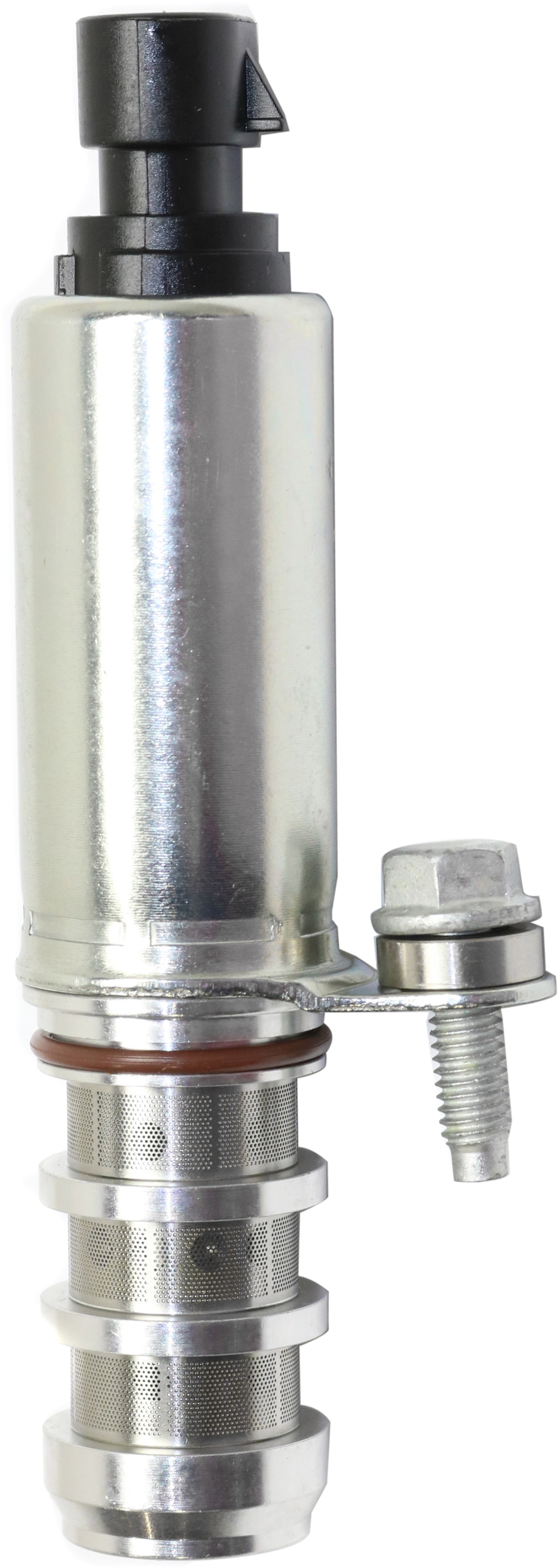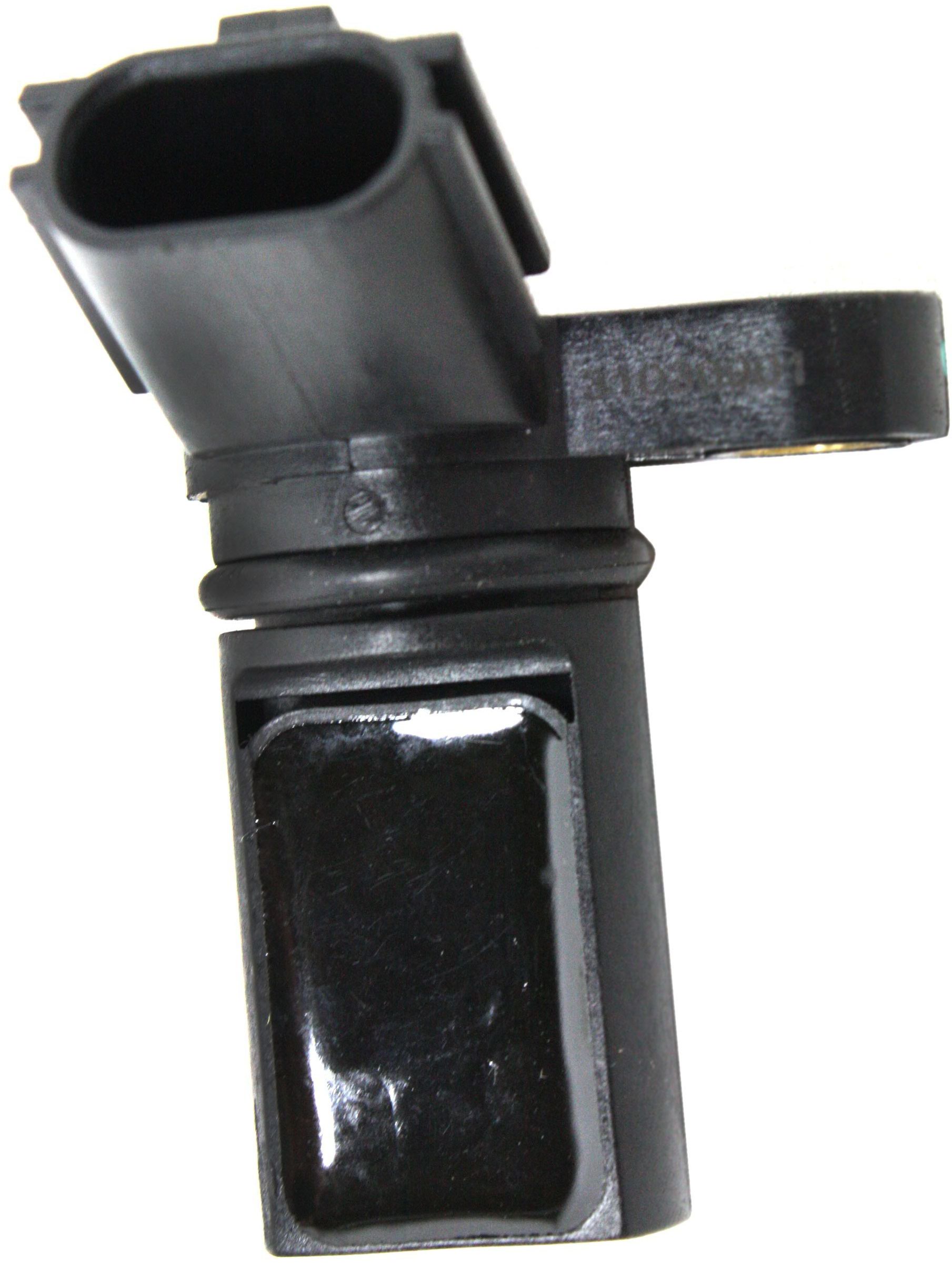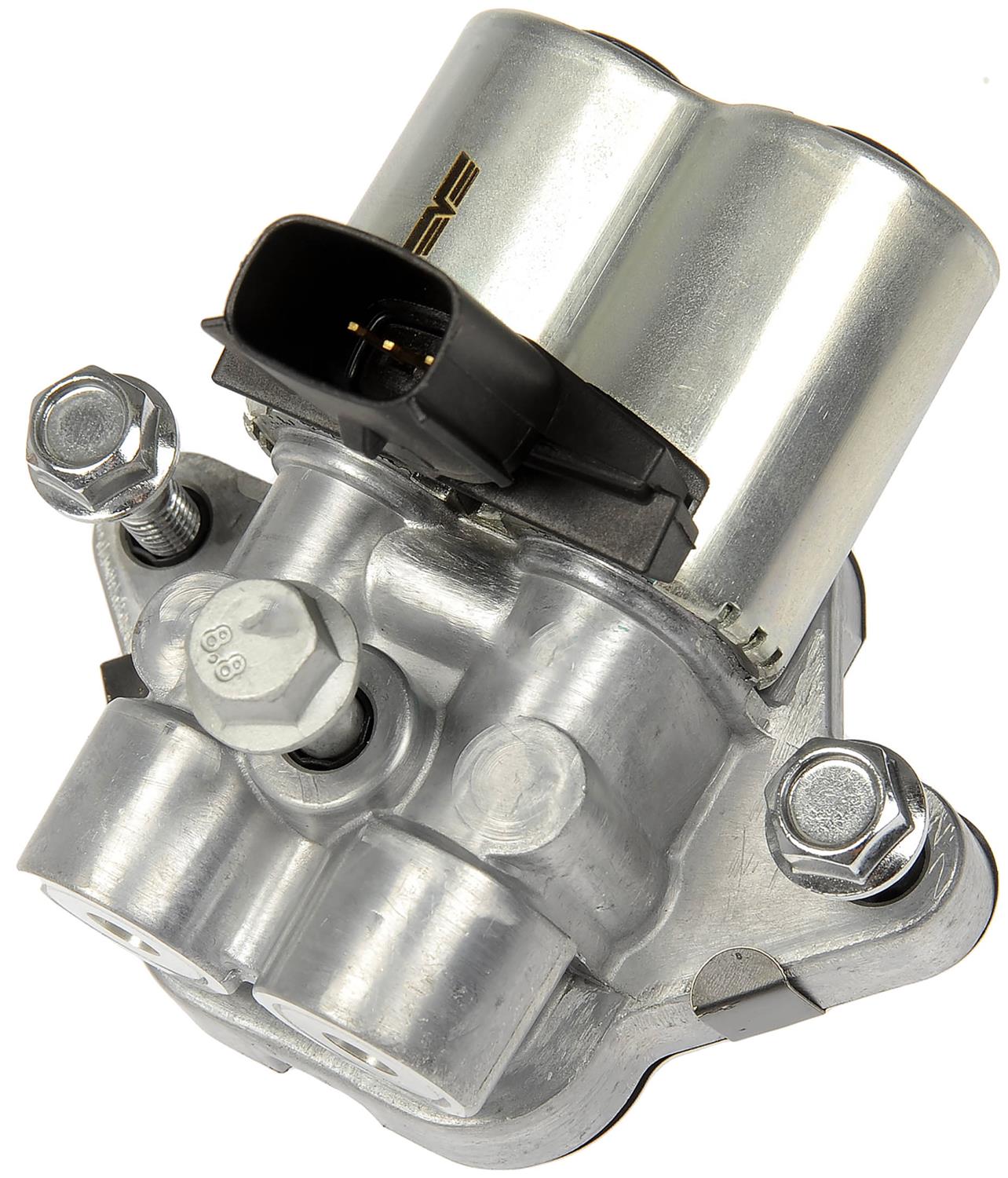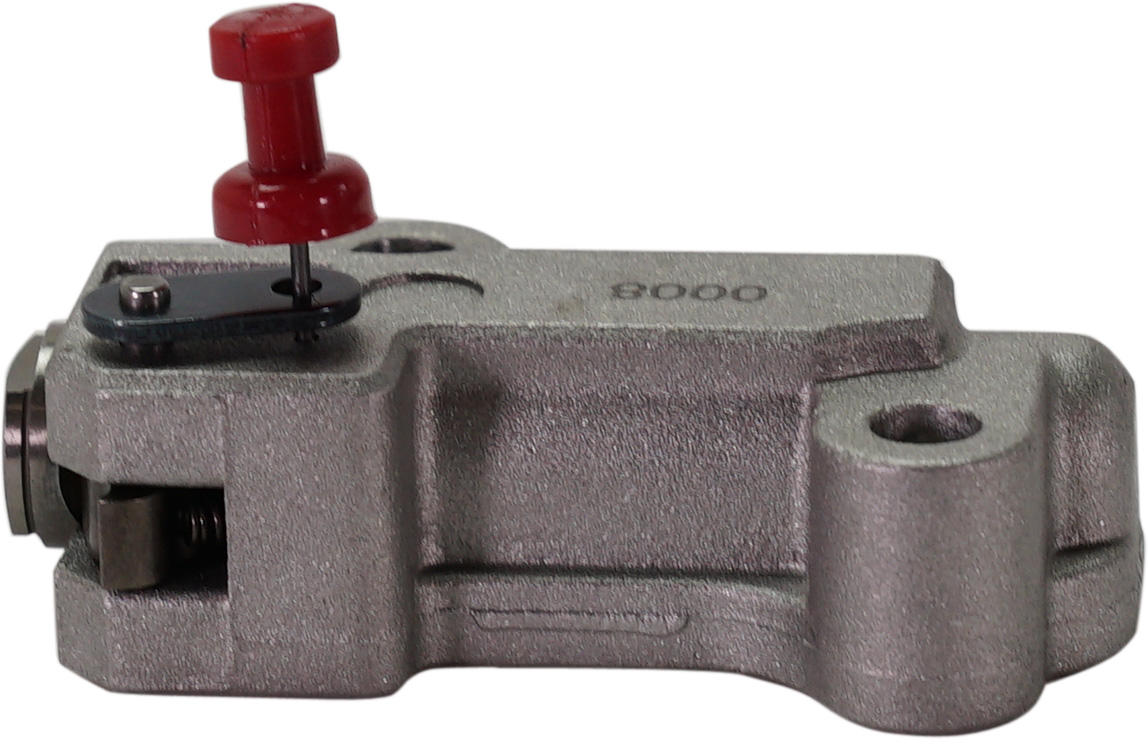The short guide below discusses the essentials of the code P000A.
What Does the P000A Code Mean?
Diagnostic trouble code (DTC) P000A stands for “Intake “”A” Camshaft Position Slow Response Bank 1.” It is stored when the actual position of the camshaft differs from the position that the powertrain control module (PCM) expects during camshaft phase changes.
The PCM uses the signal provided by the intake camshaft position sensor to determine the camshaft position. Then, the PCM cross checks this with the signal from the crankshaft to determine if the cam timing is reaching the intended indexing target within the allotted time window.
If the crankshaft doesn’t reach the reported index position related to the crankshaft quickly enough, the P000A code is stored.

The “A” in code P000A refers to the intake camshaft. The “B,” on the other hand, refers to the exhaust camshaft. Bank 1 indicates the side of the engine that contains the #1 cylinder, while bank 2 refers to the opposite bank. There is only one bank if the engine is a straight or inline design.
Read the next section to quickly learn the most likely causes of code P000A. If you’re planning a DIY fix, understanding how variable valve timing systems work could help you correctly address the issue. You can read our technical explanation here.

What are the Possible Causes of the P000A Code?
P000A is a generic code, so it can have several triggers. Here are the most common:
- Malfunctioning camshaft position sensor
- Bad oil control valve
- Faulty variable valve timing (VVT) actuator
- Worn timing chain
- Faulty timing chain tensioner or guides
- Wiring issues
- Failing ECM/PCM
- Low oil level in the engine
- Sludge from short drive cycles or poor oil change intervals.
What are the Common Symptoms of the P000A Code?
Depending on the severity, other related DTCs may also be stored. The codes P000B, P000C, and P000D may appear alongside error code P000A. Below are the most common symptoms of a car with a P000A trouble code:
- Check engine light is on
- Increased emissions
- Bad engine performance
- Increase in fuel consumption
- Engine rattling noise

How to Diagnose the P000A Code
To restore the optimal performance of your engine, the code P000A must be resolved immediately. Diagnosing it, however, can be tricky as it has many possible triggers. Keep in mind that the diagnostic and repair steps may vary depending on your vehicle’s make and model.
If you are determined to diagnose the code yourself, it is recommended that you consult a repair manual or repair database for the proper diagnostic process. Leave the job to a mechanic or technician if you are not well-versed with auto repair.
How to Fix the P000A Code
Like most OBD-II codes, the P000A code shares similar causes and symptoms with several other engine codes. Although this is a generic trouble code, it does not have a universal solution. It’s best to leave this matter to the experts if you aren’t confident in your automotive repair skills.
Code P000A could be triggered by anything from a faulty timing chain tensioner to a malfunctioning camshaft position sensor. If you’re set on resolving this code yourself, you must do your research thoroughly before starting repairs.
All vehicles are different, so you should always refer to your owner’s manual before DIY-ing any repairs. Use trusted online auto repair sourcesfor guidance.
Investing in an ALLDATA subscription is also a good idea. It provides detailed factory repair information that you can use to resolve issues in your vehicle. You can also use the subscription for other error codes that you may encounter in the future.
Where to Replacement Parts to Clear the P000A Code
Once you’ve pinpointed what triggered this trouble code, don’t put off repairing or replacing the part. After all, the symptoms that you’ve been experiencing due to the code will only get worse over time. They could even affect other parts and trigger more codes. Luckily, shopping for replacement parts is a breeze at CarParts.com.
Here at CarParts.com, it only takes a few clicks to find the replacement part you need for your vehicle. Simply input your vehicle’s specific details to pull up products that are compatible with your ride. Then, use the filters to view the ones that fit your preferred brand, price range, and quantity.
Whether you need a new camshaft position sensor, oil control valve, or any of the other parts mentioned in the causes above, you can find them in no time in our extensive catalog.
If you’re in a hurry to repair your ride, our fast and reliable shipping has you covered. You only need to wait a few days to get your order because all our parts are on hand and ready to ship. We exclusively source our parts from reliable manufacturers in the industry, so you don’t have to worry about quality and functionality.
Check out our catalog today and make CarParts.com your one and only stop for camshaft position sensors and other components for your ride!
Products Mentioned in this Guide
Shop this Project






Any information provided on this Website is for informational purposes only and is not intended to replace consultation with a professional mechanic. The accuracy and timeliness of the information may change from the time of publication.


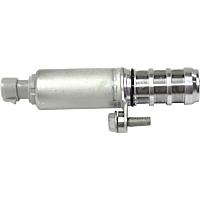 Variable Timing Solenoid
Variable Timing Solenoid
 Timing Chain
Timing Chain
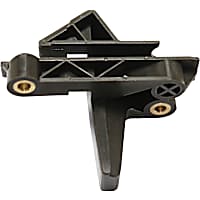 Timing Chain Guide
Timing Chain Guide
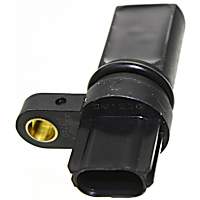 Camshaft Position Sensor
Camshaft Position Sensor
